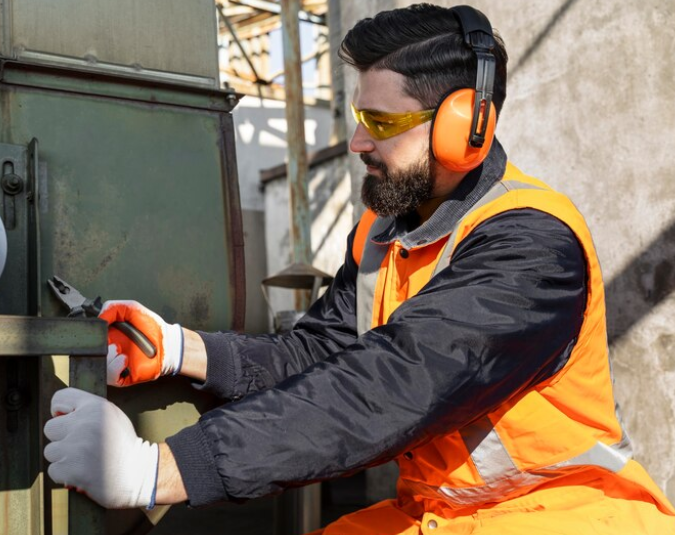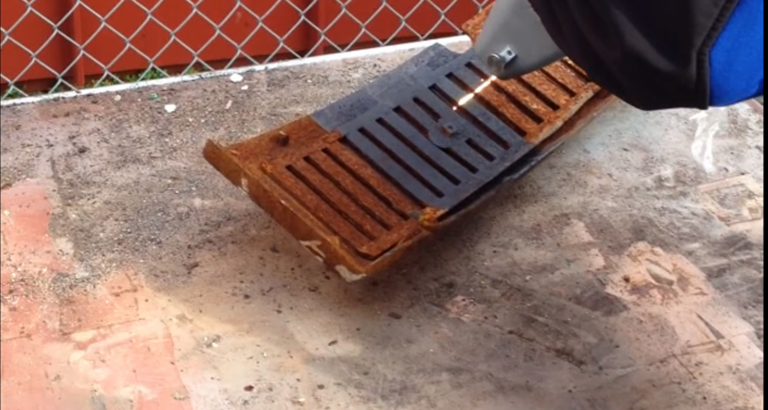How to Troubleshoot a Swamp Cooler Pump That Doesn’t Work?

Swamp coolers, also known as evaporative coolers, are popular for their energy efficiency and effectiveness in cooling dry climates. However, like any mechanical system, they can encounter problems from time to time. One common issue is a malfunctioning pump, which can disrupt the entire cooling process. In this guide, we’ll dive into the troubleshooting steps you can take when faced with a swamp cooler pump not working.
Understanding the Swamp Cooler Pump
Before we dive into troubleshooting, let’s understand the role of the pump in a swamp cooler. The pump is responsible for circulating water from the reservoir to the cooling pads. As the water flows through the pads, it evaporates, cooling the air, which is then blown into the living space by a fan. If the pump isn’t working properly, water won’t reach the pads, and the cooling effect will be compromised.
Troubleshooting Steps
1. Check Power Supply: The first step is to ensure that the pump is receiving power. Check the power outlet and the circuit breaker to make sure there’s no issue with the power supply. If the outlet is functioning, move on to the next step.
2. Inspect the Pump: Sometimes, debris or mineral buildup can clog the pump, preventing it from working effectively. Turn off the power to the swamp cooler and carefully inspect the pump. Remove any visible debris or buildup using a soft brush or cloth. Ensure that the pump impeller is clean and free of obstructions.
3. Test the Pump Manually: Disconnect the pump from the swamp cooler and plug it directly into a power source. If the pump is operational, you should see water flowing through it. If not, the pump may be faulty and require replacement.
4. Check Water Level: Insufficient water in the reservoir can cause the pump to malfunction. Ensure that the water level is adequate for the pump to submerge properly. Add water if necessary and monitor whether the pump starts working.
5. Inspect Water Lines: Check the water lines connecting the pump to the reservoir and the cooling pads. Look for any leaks or kinks in the lines that could impede water flow. Replace or repair any damaged lines to restore proper water circulation.
6. Verify Float Valve Operation: The float valve regulates the water level in the reservoir. If the float valve is stuck or malfunctioning, it can prevent water from reaching the pump. Check the float valve assembly for any signs of damage or obstruction. Clean or replace the float valve if necessary.
7. Test Motor Capacitor (For Belt-Driven Pumps): If your swamp cooler pump is belt-driven, a faulty motor capacitor could be the culprit behind the pump not working. Test the capacitor using a multimeter to determine if it’s within the recommended range. If the capacitor is defective, replace it with a new one.
8. Inspect Pump Bearings (For Belt-Driven Pumps): Belt-driven pumps rely on bearings to operate smoothly. Over time, these bearings can wear out, causing the pump to malfunction. Inspect the pump bearings for signs of wear or damage. If necessary, lubricate or replace the bearings to restore proper pump operation.
9. Clean or Replace Cooling Pads: Clogged or dirty cooling pads can restrict airflow and reduce the effectiveness of the swamp cooler. Remove the cooling pads and clean them thoroughly with water and mild detergent. If the pads are damaged or excessively worn, consider replacing them with new ones.
a. Check Pump Alignment: Improper pump alignment can cause excessive vibration, leading to premature pump failure. Ensure that the pump is properly aligned with the drive mechanism and adjust as necessary.
b. Inspect Pump Housing: Examine the pump housing for cracks or damage that could affect its performance. If the housing is compromised, replace the pump with a new one to prevent water leakage and ensure efficient operation.
Maintenance Tips
· Clean the reservoir regularly to prevent algae and mineral buildup, which can clog the pump and impede water flow.
· Check and replace the pump’s filter as needed to maintain optimal performance.
· Inspect the pump and other components of the swamp cooler before the cooling season begins to identify and address any potential issues beforehand.
Conclusion
A swamp cooler pump not working can be frustrating, especially during the hot summer months. By following these troubleshooting steps and implementing regular maintenance practices, you can identify and resolve the underlying issues causing the pump malfunction. Remember to prioritize safety when working with electrical components and consult a professional if you’re unsure about any step. With proper maintenance and timely repairs, your swamp cooler will continue to provide efficient and reliable cooling for years to come.




